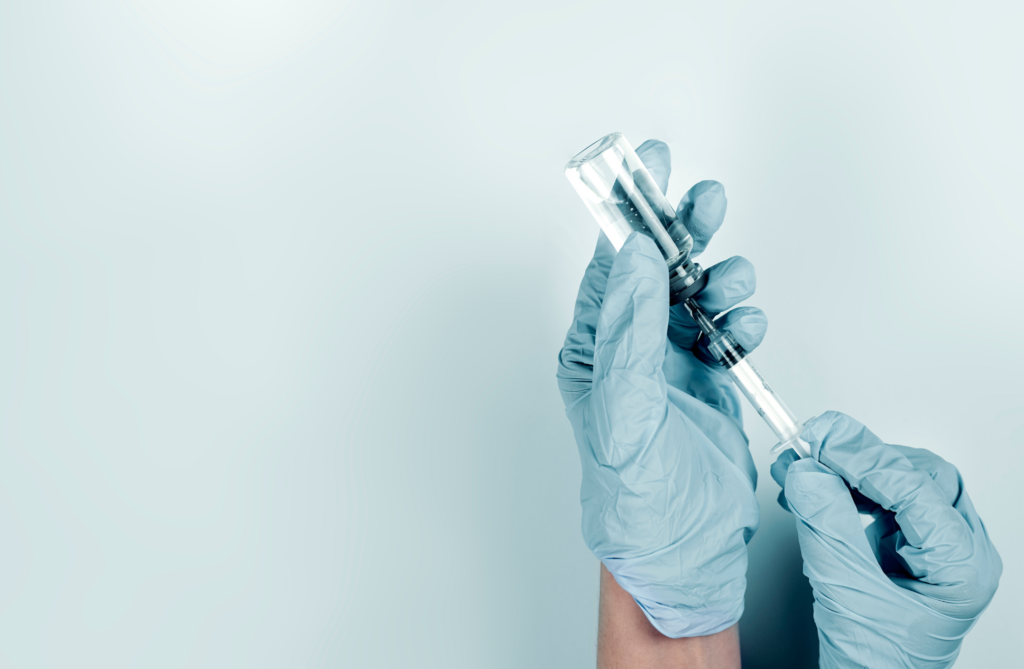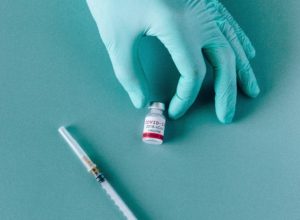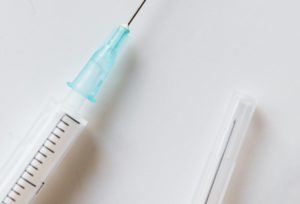
Blog
What the CPG Industry Can Learn from Healthcare’s Vaccination Experience
The CPG industry’s essential workers have been prioritized by the federal government for Phase 1b. But as the states have stumbled in their respective vaccine deployment efforts, the prioritization that was the result of months of expert discussions has been altered and, in some cases, outright disregarded.
CPG’s vaccine prioritization — the result of months of expert discussions — has been altered and, in some cases, outright disregarded.
As Consumer Brands has worked to advocate for the industry’s essential workers in the states, the team did an analysis of what can be learned from the healthcare industry’s experience with vaccination to date.
The healthcare industry did not experience challenges with states honoring its prioritization; however, it shared a lot of the internal issues CPG companies are confronting.
Vaccine Hesitancy
Vaccine hesitancy is prevalent nationwide, including among healthcare workers, despite their profession. According to a December 2020 Kaiser Family Foundation report, 29% of healthcare workers said they “definitely or probably would not get vaccinated.”
The speed of the vaccine development and the lack of time to prove safety and efficacy has resulted in caution. That is not to say that hesitancy is permanent. Many candidates for vaccines, particularly healthcare workers that were first in line, wanted to take a “wait and see” approach. A CNN poll found that willingness to get the vaccine had risen to 66% in mid-January, up from 51% in October.
Heightened Fear in Minority Communities
Misinformation, a lack of knowledge about the vaccine and distrust of the government and pharmaceutical companies are the main reasons healthcare workers cite for not taking the vaccine immediately. And while there is concern across the population, Black Americans are the most resistant to vaccination.
Black Americans are more likely than other demographic groups to be hesitant about the vaccine. According to Ad Council research, 62% (compared to 50% of the total population) of Black Americans are “skeptical” or “open but uncertain.” Another 25% (compared to 20% total population) reported being resistant.
As Ad Council described, the heightened concern among Black Americans “has roots in historical unethical practices in medical research (i.e. Tuskegee experiments) as well as awareness and personal experience of systemic inequities of the health care system, especially laid bare by the pandemic.”
Overcoming Anxiety with the Right Message and Messenger
To motivate its workers to get the vaccine, hospitals and healthcare providers are initiating educational campaigns addressing employee fears. The Ad Council created videos and promotional materials; hospitals held townhalls and coordinated one-on-one conversations between workers. PruittHealth CEO Neil Pruitt reported that one-on-one conversations led to a 25-35% conversion rate among unvaccinated workers.
Hearing and seeing their peers’ firsthand experience is another approach many hospital systems have taken, through instructional videos or webinars showing staff getting vaccinated. UNC Healthcare created a COVID-19 vaccine hub centered on the idea “this is your shot.” It provides testimonies from those that have taken the vaccine, explains the safety and science behind the vaccine and focuses on the value of protecting communities and loved ones.
To help guide efforts to communicate with employees, the Ad Council shared guidelines for messaging that would apply as easily to CPG as they do to healthcare. The guidelines recommend:
- Leading with empathy by respecting people’s concerns and questions and avoid condescension and guilt.
- Including facts about safety beyond generalizations about sound science and offer clear, plain language on why the vaccine is safe.
- Considering emotional triggers about a return to human connection and the ability to protect the people we care about.
- Carefully selecting a messenger that will resonate with a specific audience authentically.
On the last point, the workforce wants to see someone they identify with, relate to and trust to talk to them about vaccines. For example, Tyler Perry produced a BET special addressing vaccine hesitancy in the black community, which included a Q&A with healthcare workers to answer common questions and him getting the vaccine himself.
Carrot, Stick or Neither?
Many CPG companies are offering or considering incentives for employees who get vaccinated. The healthcare industry has also used incentives to motivate getting the vaccine, everything from Waffle House gift cards to raffles for a car. Still other incentives include extra time off or gifts. The Los Angeles Fire Department offered firefighters who get both doses prizes including home security cameras, Google Nest systems, fixed-gear bicycles and gift cards for Airbnb and Lyft.
Cash bonuses, however, are the most common vaccination incentive. Oak Valley Hospital District offered employees a $300 bonus after only 40% of its 600 employees turned up to vaccinated. Houston Methodist, a large hospital group that employs more than 26,000 people, is offering a $500 “hope bonus” building on a bigger incentive program that included an earlier $500 bonus they had in the fall.
While employers can legally terminate workers for not getting the vaccine (with a few exceptions), it is rarely happening. The New York Times reported that, in a few cases, employers have threatened termination for refusing the vaccine but didn’t cite specific examples.
The case against incentives is also something to consider. Dr. Anthony Fauci and others have cautioned against this approach because they fear it will make people think they are getting paid to do something negative, as opposed to rewarding a positive activity.
Consumer Brands is committed to keeping the industry informed on the latest guidance, engagement opportunities and thought leadership as the race to vaccinate continues. Visit our continually updated vaccine resources page or ask to join Consumer Brands’ vaccine peer exchange.
Published on February 10, 2021


